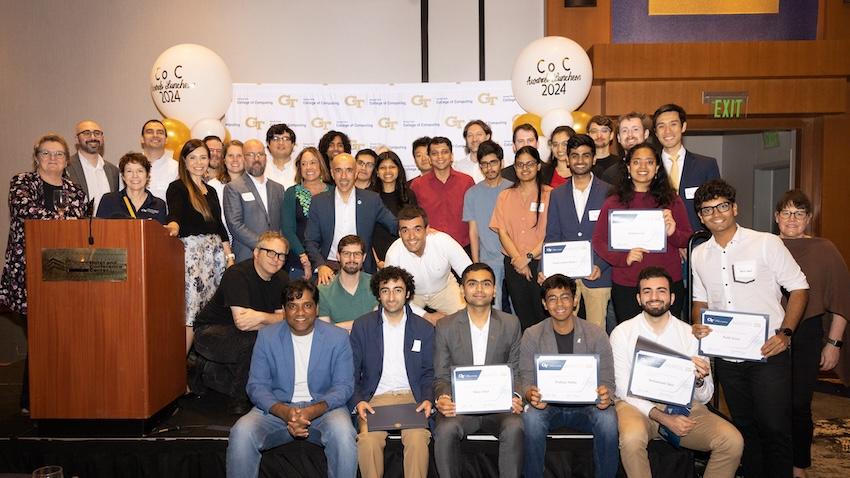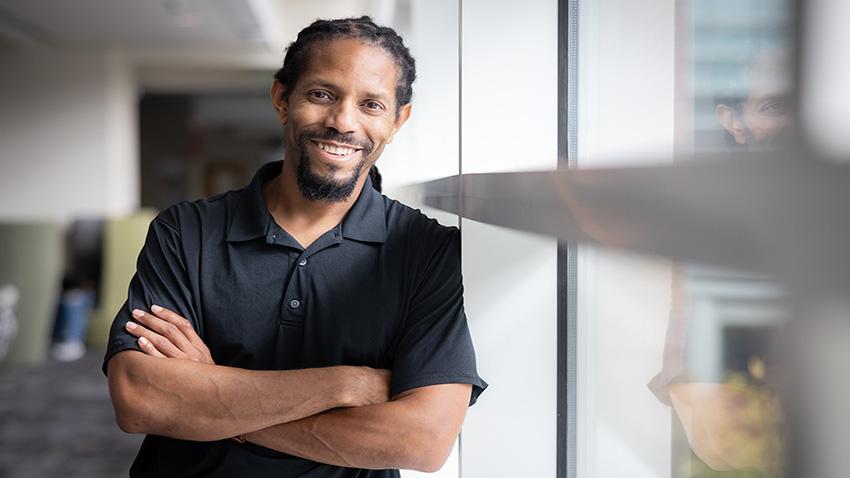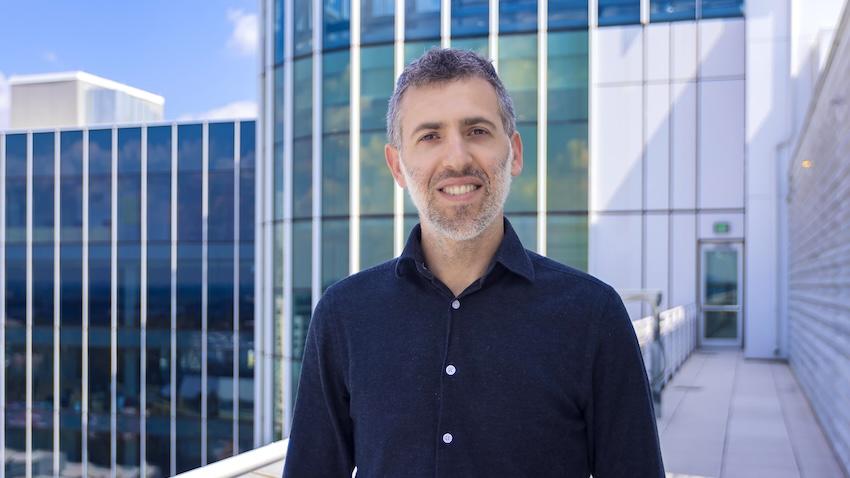
School of Computer Science’s Edge Computing Summit Fosters Collaboration
Dozens of faculty members gathered on Oct. 22 to discuss one of the most promising research endeavors, edge computing. School of Computer Science (SCS) Professor Umakishore Ramachandran organized the all-day summit to bring faculty together from various schools and encourage collaboration.
“There are so many cool things happening across different research groups at Georgia Tech in edge computing,” Ramachandran said. “If we put them together, we can accomplish something really big. Georgia Tech has the opportunity to be the leader, but in order to do that we need to think as a collective.”
Edge computing uses devices at the edge of a network, from smartphones to Internet of Things (IoT) devices, to perform computation. By processing the data close to its source, edge computing can improve latency, security, and cost.
For the summit, 10 researchers from SCS and the School of Electrical and Computer Engineering (ECE) gave 10-minute talks on their general research. They were divided into three sessions. After each round, there was a panel with the speakers moderated by a session chair, who asked each presenter to discuss possible joint research projects.
Although there were different interpretations of what constitutes an edge, the breadth of research projects speaks to the wide-ranging possibilities of edge computing. SCS Professor Ellen Zegura discussed her work with Professor Mostafa Ammar on creating a self-configuring cloud of clustered mobile devices called a femtocloud. ECE Professor Gee-Kung Chang suggested using 5G radio access networks to achieve sub-millisecond latency for getting data to edge node.
Presentations included system software technologies for edge computing, including programming frameworks, compiler technologies, algorithmic techniques, and management of big data in support of edge computing. SCS Professor Vivek Sarkar suggested software foundations for the edge platform. SCS Associate Professor Santosh Pande is devising compiler annotations to data and trust verification to enable data sharing and migration among mobile devices on the edge. SCS Associate Professor Ada Gavrilovska proposed ideas for distributing model generation between the cloud, edge, and devices for intelligent analytics. ECE Assistant Professor Tushar Krishna discussed opportunities for continuous learning via neuro-evolutionary algorithms involving hardware-software co-design at the edge.
Security and privacy issues are paramount with edge computing. SCS Research Faculty Ketan Bharadwaj identified the challenges in securing the edge infrastructure from malicious attacks. ECE Professor Abhijit Chatterjee offered algorithmic ideas for mitigating security attacks and increasing error resilience using robotics as a “killer app” for the edge. SCS Associate Professor Vladimir Kolesnikov discussed efficient cryptographic techniques for ensuring secure communication and ideas for their deployment that would ensure low latency.
Ramachandran concluded the summit presentations by offering challenges and opportunities for elevating the edge to become a peer of the cloud.
The summit’s afternoon focused on opportunities for collaboration. his approach was one of the reasons Ramachandran organized the summit. By bringing together researchers with varied complementary interests, Ramachandran hopes to bridge the gap and help push the field further. School of Interactive Computing Professor Beth Mynatt discussed leveraging existing research to make Tech a frontrunner in edge innovation.
“The industry leaders are not thinking yet about how cool and new the edge is,” he said. “All the cool things are being done by small start-ups and academia. Here, we can think of things we can do that industry is not yet doing. That’s the opportunity we have.”
Watch a video of the talks.
We are thrilled to announce Vivek Sarkar as the new Dean of the College of Computing at Georgia Tech! With a distinguished career spanning academia and industry, Sarkar's leadership promises to elevate our community to new heights. https://t.co/2mX5D46cJz pic.twitter.com/LxpLTCXWZV
— Georgia Tech Computing (@gtcomputing) April 12, 2024
@GeorgiaTech's dedication to excellence in computer science (CS) has been recognized once again, with the latest U.S. News and World Report rankings unveiling the institution at 7th place overall for graduate CS studies.https://t.co/qavNUSTb7n pic.twitter.com/BcGyGBQld8
— Georgia Tech Computing (@gtcomputing) April 10, 2024


